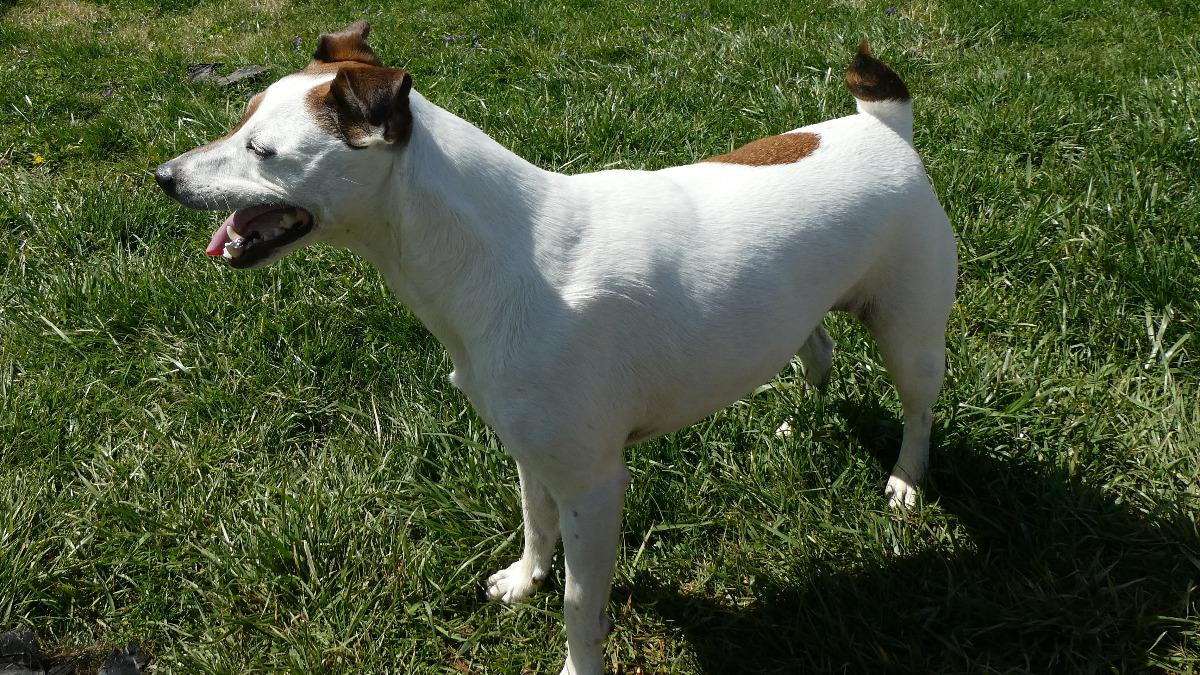Anal Sac Issues in Dogs and Cats

- posted: Feb. 03, 2023
Anal Sac Issues in Dogs and Cats
Dogs and cats have scent glands just inside their anal opening called anal sacs. Anal sacs release a foul smelling liquid—normally this fluid is expelled when the pet poops, but sometimes the anal sac fluid will leak when the pet is excited or when very relaxed. The fluid is a scent marking aid for dogs and cats. Humans do not have anal sacs.
Dogs and cats can sometimes have problems involving the anal sacs. The most common are anal sac impaction, where the fluid does not empty out properly or anal sac abscess where the anal sac becomes infected and can rupture onto the surface of the skin. Dogs, and less commonly, cats, can also develop both benign and cancerous tumors of the anal sacs.
Anal sac impaction can cause the dog or cat to rub or “scoot” his bottom across the floor or may cause excessive licking of the anal area. Manual expression of the impacted material by a qualified professional such as a groomer, veterinary technician or veterinarian can relieve the pressure and reduce licking and scooting. Some pets need to have their anal sacs emptied on a regular basis, others, only occasionally or not at all. If pets have frequent issues with impacted anal sacs, sometimes adding fiber to the diet can help the glands express naturally when the pet has a bowel movement.
Anal sac abscesses can occur when bacteria travel into the anal sac through the duct causing an infection. Pus can then fill the anal sac causing pain, swelling and pressure. The anal sac abscess can rupture on the surface of the skin and pus and blood can leak from the site. Anal sac abscesses require veterinary care and antibiotics.
Dogs can also develop tumors of the anal sacs. They have been reported in cats, but are very rare in felines. In dogs, a firm swelling or mass forms in the anal sac. As it grows, it may be visible from the outside. It can look similar to an anal sac abscess but will not resolve with therapy or may feel different on rectal exam. These tumors may be cancerous or benign. Sometimes the blood calcium level will be elevated in patients with anal sac tumors. Diagnosis is usually made by fine needle aspirate (collecting cells by inserting a needle into the mass), surgical biopsy or by surgical removal. Prognosis is guarded for cancerous tumors and they may spread to local lymph nodes or to the lungs. Surgical removal followed by radiation therapy is the treatment of choice for cancerous masses, but other treatment options may be discussed. Surgical removal of benign anal sac tumors may be curative though complete excision may be difficult. Complications of surgery may include fecal incontinence, poor healing of the incision and recurrence of the tumor. Any swelling around the anus should be evaluated by your pet’s veterinarian.
Anal sacs are a normal part of the anatomy but pets can have diseases of the anal sacs including infections, tumors or anal sac impaction. If your pet seems to be having problems such as licking, scooting or swelling, have him or her evaluated by your veterinarian.
This blog brought to you by the Patton Veterinary Hospital serving Red Lion, York and the surrounding communities.
https://veterinarypartner.vin.com/default.aspx?pid=19239&id=9759085
Location
Patton Veterinary Hospital
425 E Broadway
Red Lion, PA 17356
